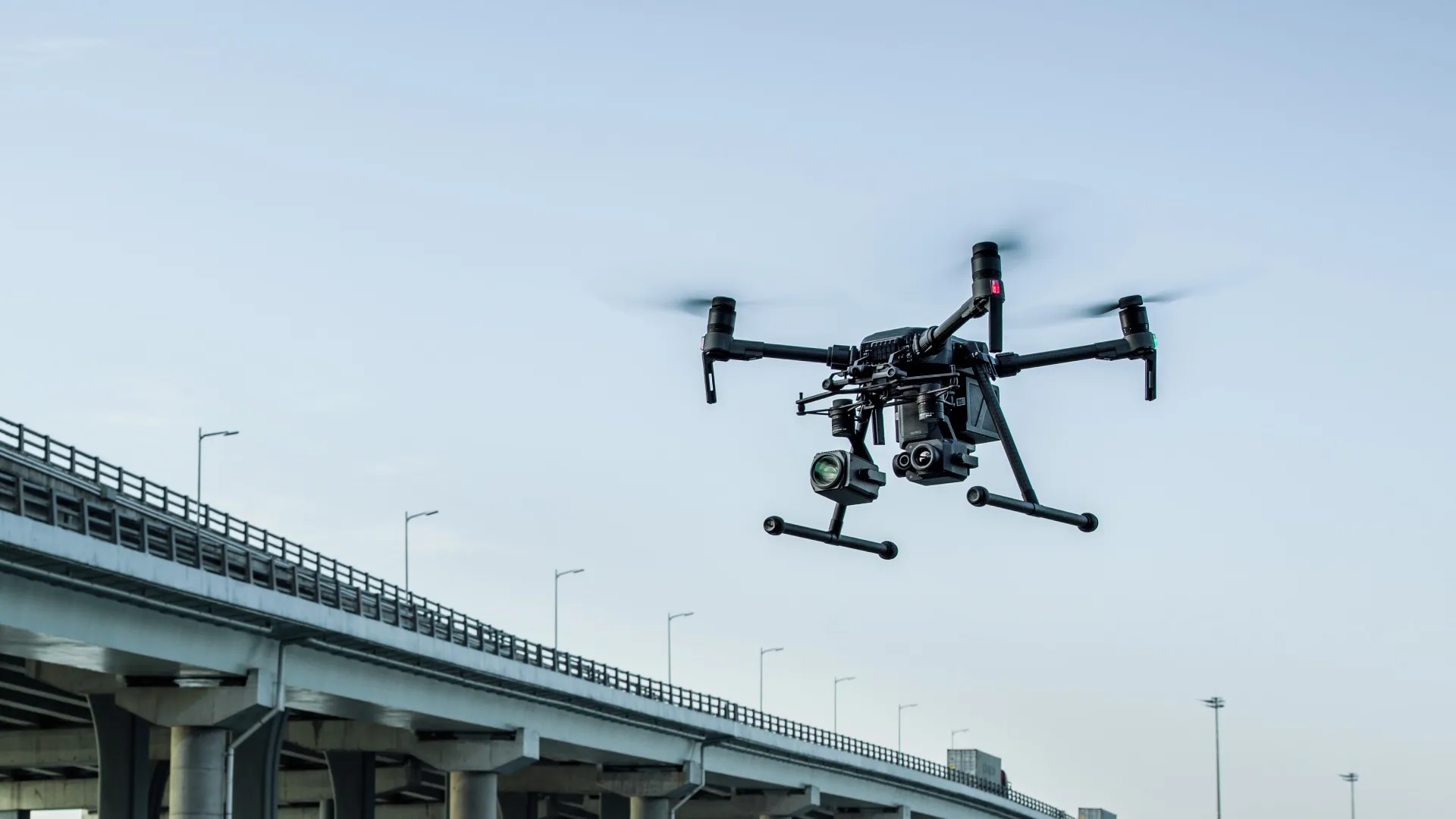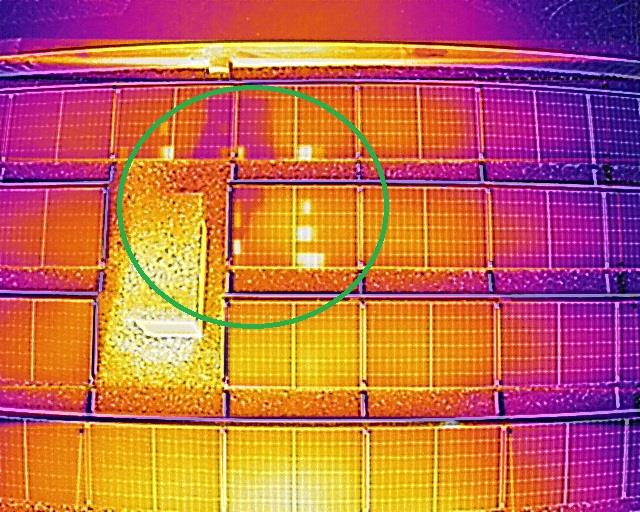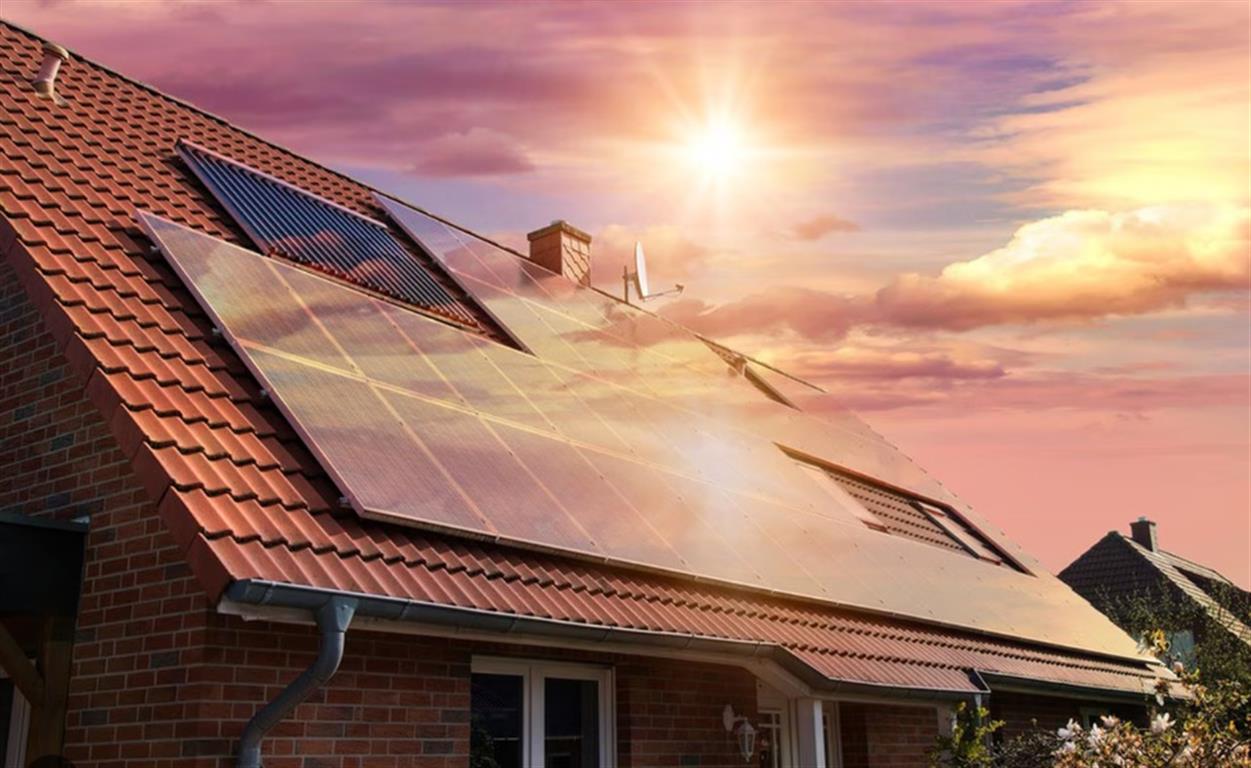At DroneView.be, we usually use our drones for inspections and analyses, but sometimes, we receive unusual requests. Recently, we were called in to assist in the search for a missing dog.
The dog had been missing for 48 hours, and the owner had tried everything to find it. After two days of unsuccessful searching, they decided to use a drone to expand the search area and improve their chances. Thanks to our specialized drones and experience in detecting hard-to-spot objects, we were able to systematically scan the area.
Our drone with a thermal imaging camera proved invaluable. In wooded or hard-to-reach areas, a drone can quickly cover a large space and detect heat sources invisible to the naked eye.


